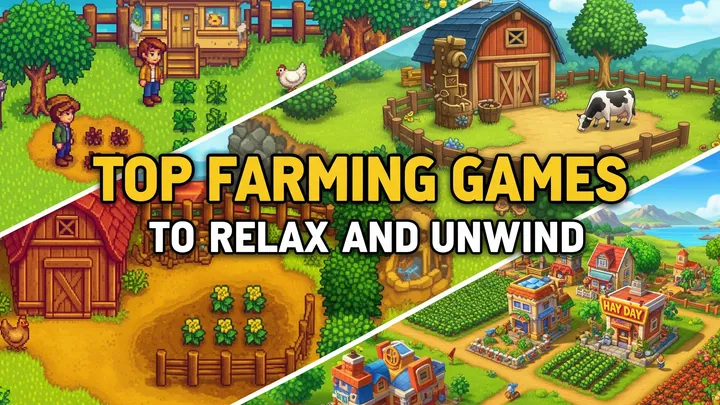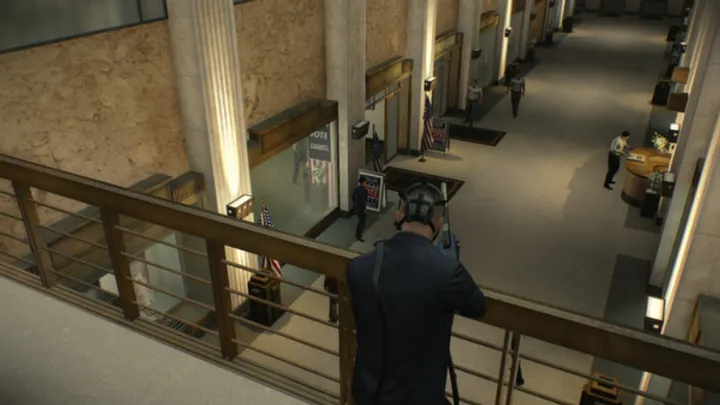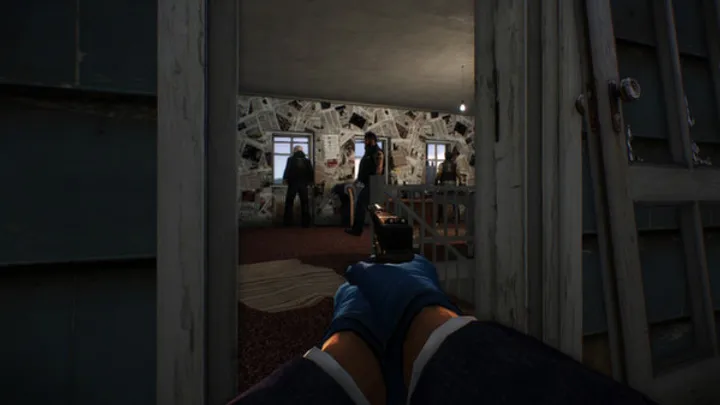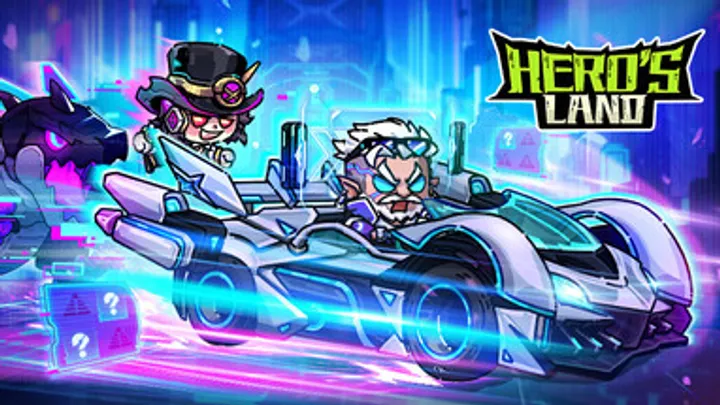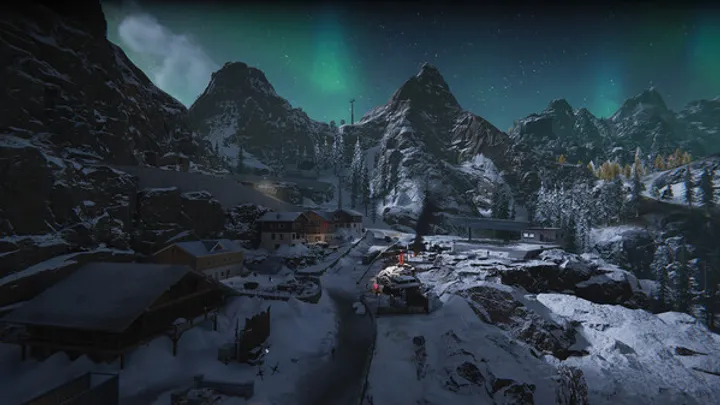The Legend of Zelda: A Deep Dive into the Role of Narrative in Breath of the Wild
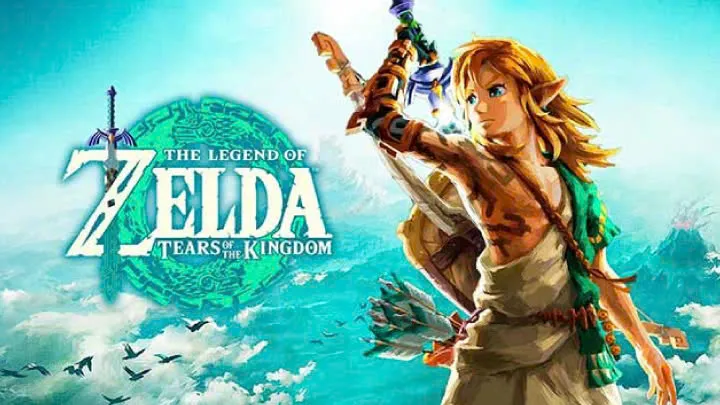
Since its inception, The Legend of Zelda series has captivated players with its intricate worlds, compelling characters, and engaging narratives. Among the most acclaimed entries is "The Legend of Zelda: Breath of the Wild," which not only reinvents gameplay mechanics but also redefines storytelling in video games. This article explores the nuanced narrative structure of Breath of the Wild, examining how its open-world design influences player experience and emotional engagement.
1. The Evolution of Zelda's Narrative Style
The Legend of Zelda series has evolved significantly since its first release in 1986. Early games primarily relied on linear storytelling, where players followed a predetermined path. However, with the advent of 3D graphics and more complex game mechanics, the series began to explore more intricate narratives. Breath of the Wild represents a culmination of this evolution, offering a vast, open world where players shape their own stories.
The Shift to Open World
Open-world games allow players to explore at their own pace, leading to a more personal experience. In Breath of the Wild, the narrative is not dictated by cutscenes but unfolds organically through exploration. Players encounter characters, quests, and lore in a non-linear fashion, enabling them to piece together the story in a way that resonates personally.
Character Interaction
The interaction with NPCs (non-playable characters) in Breath of the Wild is crucial to its narrative. Each character adds depth to the story, revealing snippets of the past and the impact of the Calamity Ganon. This method of storytelling invites players to engage more deeply with the world, fostering a sense of investment in both the characters and the overarching narrative.
2. The Role of Memory in Storytelling
One of the most innovative aspects of Breath of the Wild is its use of memory as a narrative device. Throughout the game, players collect memories that reveal the backstory of Link and Princess Zelda. These memories serve as emotional anchors, providing context to the player's journey and enhancing the overall narrative experience.
Fragmented Memories
The fragmented nature of these memories mirrors the game's themes of loss and rediscovery. As Link regains his memories, players learn about the relationships and events that shaped Hyrule before the Calamity. This approach allows players to uncover the story at their own pace, creating a sense of agency and personal connection.
Emotional Impact
The emotional weight of the memories is profound. Players witness pivotal moments, such as the bond between Link and Zelda, which adds depth to their quest. The memories evoke feelings of nostalgia and loss, enhancing the narrative's emotional landscape and making the player's journey feel more meaningful.
3. The Significance of Environmental Storytelling
Breath of the Wild excels in environmental storytelling, where the game world itself conveys narrative elements. The landscapes, ruins, and remnants of past civilizations tell a story of a once-thriving Hyrule now in disarray due to Ganon's reign of terror.
The Impact of the Environment
As players traverse the diverse regions of Hyrule, they encounter various environmental cues that hint at the history of the land. For instance, the decayed remnants of castles and towns reflect the devastation wrought by the Calamity. This environmental storytelling allows players to engage with the lore in a more immersive way, as they piece together the history of Hyrule through exploration.
Symbolism in the Landscape
The use of symbolism is prevalent throughout Hyrule. For example, the contrast between lush forests and barren wastelands highlights the impact of Ganon's corruption. These visual narratives deepen players' understanding of the stakes involved in their quest, reinforcing the urgency of restoring peace to the kingdom.
4. The Role of Choice in Narrative Experience
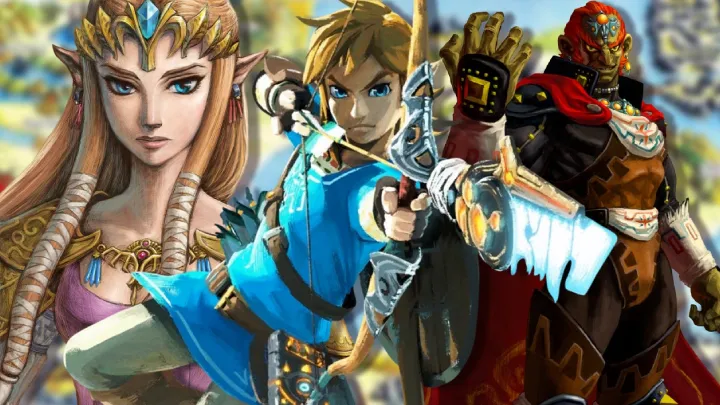
Breath of the Wild places a strong emphasis on player choice, allowing for a highly personalized narrative experience. The game's open-world design means that players can approach challenges and quests in various ways, impacting how they engage with the story.
Player Agency
This level of player agency is revolutionary in the context of narrative in video games. Players are not mere spectators; they are active participants in shaping their own stories. This freedom not only enhances immersion but also encourages players to invest emotionally in their choices and their consequences.
Multiple Endings
While Breath of the Wild features a primary narrative, players can influence the ending based on their actions and decisions throughout the game. This aspect of choice encourages multiple playthroughs, allowing players to explore different narrative paths and outcomes.
5. The Influence of Side Quests on Narrative Depth
Side quests in Breath of the Wild are more than mere distractions; they enrich the game's narrative tapestry. Each side quest often reveals character backstories, cultural lore, or unique challenges that deepen players' understanding of Hyrule.
Character Development
Through side quests, players meet diverse characters whose stories reflect the broader themes of loss, hope, and resilience. For instance, helping a villager rebuild their home after Ganon's attack not only impacts that character's life but also emphasizes the player's role in restoring Hyrule.
World-Building
Side quests contribute significantly to world-building, providing insights into the cultures and histories of various regions. This added layer of narrative complexity makes the world feel alive and interconnected, enhancing the overall experience.
6. The Theme of Sacrifice and Redemption
Central to the narrative of Breath of the Wild is the theme of sacrifice and redemption, particularly embodied in the characters of Link and Zelda. Their journeys reflect personal sacrifices made for the greater good and the quest for redemption in a world ravaged by calamity.
Zelda's Struggle
Princess Zelda's character arc is especially poignant. She grapples with her identity, her responsibilities, and her feelings of inadequacy in the face of her duty to protect Hyrule. Her struggle mirrors the larger theme of sacrifice, as she ultimately chooses to seal herself away to contain Ganon, illustrating the personal cost of heroism.
Link's Legacy
Link, too, embodies the theme of sacrifice. As the chosen hero, he endures physical and emotional trials to save Hyrule. His journey is one of resilience and determination, showcasing the lengths to which one will go to protect loved ones and restore peace.
7. The Interplay of Past and Present
Breath of the Wild masterfully intertwines the past and present, allowing players to explore the remnants of a once-great civilization while forging their path forward. This interplay enriches the narrative, providing context and depth to the player's journey.
Flashbacks and Reflections
The use of flashbacks through the memory mechanic serves as a poignant reminder of what has been lost. These moments not only provide backstory but also invite players to reflect on their current actions and the weight of their legacy.
Lessons from History
As players uncover the past, they learn valuable lessons that inform their choices in the present. The narrative encourages players to consider the consequences of their actions, reinforcing the importance of understanding history in shaping the future.
8. Symbolism and Motifs in Breath of the Wild
Breath of the Wild is rich with symbolism and motifs that enhance its narrative complexity. From the recurring themes of nature to the symbolism of the Triforce, these elements add layers of meaning to the story.
Nature as a Symbol
The game's environment often symbolizes the balance between chaos and harmony. The lush landscapes represent hope and renewal, while desolate areas reflect despair and loss. This contrast reinforces the narrative's central conflict and underscores the importance of restoring balance to Hyrule.
The Triforce Motif
The Triforce, a recurring symbol in the series, represents power, wisdom, and courage. Its presence in Breath of the Wild serves as a reminder of the values that underpin the characters' journeys, guiding their actions and decisions as they strive for harmony in a fractured world.
9. The Impact of Music and Sound Design
While often overlooked, music and sound design play a crucial role in shaping the narrative experience in Breath of the Wild. The score enhances emotional moments, while ambient sounds immerse players in the world.
Musical Themes
The game's soundtrack features poignant themes that reflect the evolving narrative. As players progress, the music shifts to match the emotional tone of the story, enhancing moments of triumph, loss, and discovery.
Environmental Sounds
The ambient sounds of Hyrule contribute to the storytelling by creating a rich, immersive experience. The rustling of leaves, distant thunder, and the call of wildlife all serve to reinforce the connection between the player and the world, deepening the narrative impact.
10. Conclusion: The Legacy of Narrative in Breath of the Wild
In conclusion, The Legend of Zelda: Breath of the Wild redefines narrative in video games through its innovative storytelling techniques. By intertwining player agency, emotional depth, and environmental storytelling, it creates a richly layered narrative that resonates with players on multiple levels. The themes of sacrifice, redemption, and the interplay of past and present invite players to engage deeply with the story, making each journey through Hyrule unique and personal.
As the gaming landscape continues to evolve, Breath of the Wild stands as a testament to the power of narrative in creating immersive, emotionally resonant experiences. Its legacy will undoubtedly influence future titles in the series and beyond, proving that storytelling in video games can be as profound and impactful as any other medium.











